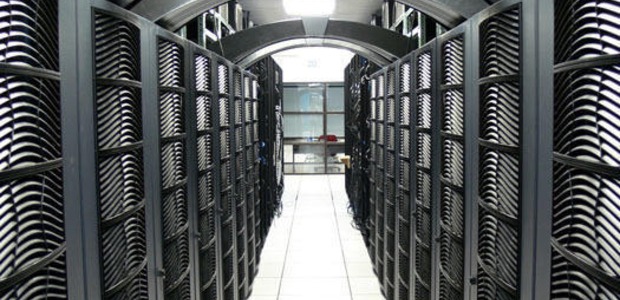advertisement
Sen-Connect datacenter awarded first Tier III Certification from Uptime Institute in Senegal
Sen-Connect, a fully owned subsidiary of Millicom International Cellular S.A. in Senegal, announced today that it has been awarded the…

Sen-Connect, a fully owned subsidiary of Millicom International Cellular S.A. in Senegal, announced today that it has been awarded the first Tier III Certification of Design Documents by Uptime Institute – a globally recognized data center authority – for its data centre in Senegal.
Per Sen-Connect, this is the first Tier III designed data center to be certified by the Uptime Institute within UEMOA (West African Economic and Monetary Union). The data center is part of the master development plan of Diamniadio, the new urban project located thirty kilometers away from Dakar which is being pioneered by the Senegalese government.
“Receiving the first Tier III Design Certification in the region from Uptime Institute for our Data Center in Senegal is a major milestone in our objective of providing the highest quality of infrastructure to support innovation, internet businesses and entrepreneurship in the country. We look forward to working with Uptime Institute again to obtain the Facility Certification for the Data Center once it is built and operational”, Mohamed Dabbour, Executive Vice President Millicom Africa, said in a press statement.
advertisement
“We would like to congratulate Millicom on being the first data center operator to be awarded the Uptime Institute Tier III Design Certification in the region,” said Phil Collerton, Managing Director EMEA, Uptime Institute, in a press release. He added “Uptime Institute’s Design Certification is an important milestone to achieving Tier III Facility Certifications which when complete clearly demonstrate that the data center is fit for purpose.”
According to the company, the Tier III Concurrently Maintainable Design Certification means that the data center will not have to be shut down for equipment replacement and maintenance. This is due to redundant delivery paths for power and cooling being added to the redundant critical components, so that each and every component needed to support the IT processing environment can be shut down and maintained without impacting the IT operation.